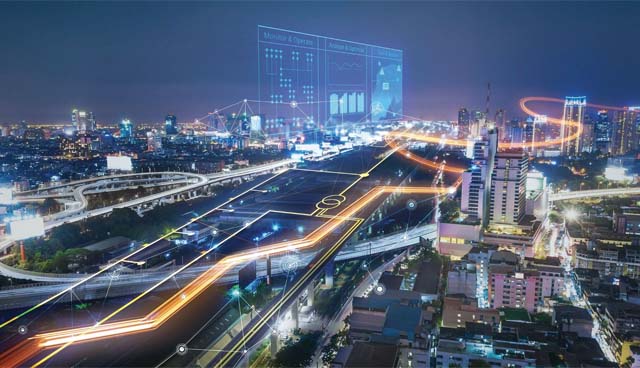Infrastructure for the future

The cities of the future will be tasked with the gargantuan task of tackling the complex issues within the economy, society, and the environment in a rapidly evolving world of constant new technology.
McKinsey and Company identifies three key factors in delivering the “promise of technology in urban infrastructure” in the cities of the future: renewing outdated infrastructure; getting more out of existing capacity; and reducing the cost to build new.
The idea of renewing outdated infrastructure involves the building of smart features and technology, such as sensors and management system, into new projects that utilise old infrastructure in order to modernise said infrastructure and fit it with intelligent capabilities. While McKinsey and Co notes that retrofitting has typically been deemed too expensive, “several technologies have advanced dramatically over the past few years, making infrastructure renewal far more feasible today”.
An example given by McKinsey is the connection of a smart thermometer as the beginnings of a smart building, whereby for a small amount of money and negligible use of power, “Wi-Fi communication allows devices to send intermittent streams of data… in a way that prolongs battery life” and “the evolution of both solar panels and batteries means buildings can harness more power at a lower cost”.
To get more from existing capacity, McKinsey recommends that digital information be used to reveal opportunities to turn waste into value, such as digital monitoring of car parks showing them to be underused, allowing cities to create parking networks across multiple car parks that would “increase real supply, free up land for productive development and remove street parking”.
In power generation, this approach can take the form of so-called virtual power plants that can be created through demand-response and actual microgeneration units. The city of Oakland is given as an example of a city that has embraced this idea, having created a virtual microgrid that operates directly to the consumer.
Newer technologies such as artificial intelligence and machine learning will improve both performance and economics in urban site planning, McKinsey says, reducing the often-prohibitive costs of constructing new urban projects. Machine-learning-based planning tools can “help developers find additional usable space on a given parcel while improving… access to light and open space”, meaning that urban construction is now “likely to be disrupted by standardisation and automation”.
The example of companies such as the Boring Company, which has “demonstrated how to [reduce] tunnelling costs” through use of robotics, is one to be followed say McKinsey if cities are to reduce the costs in constructing the infrastructure of the future.





